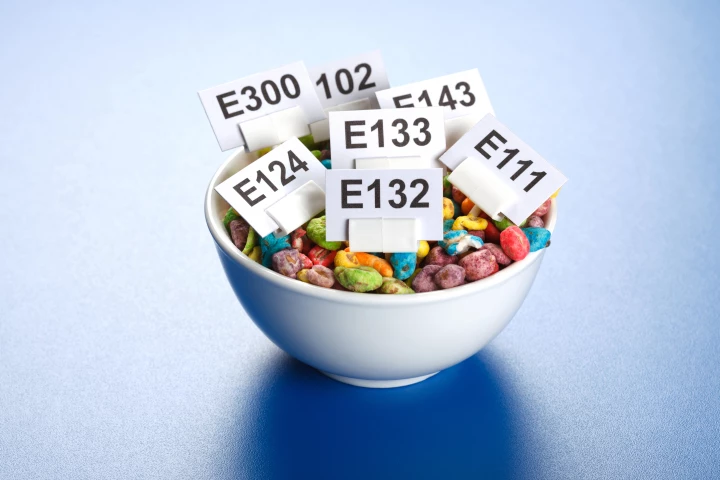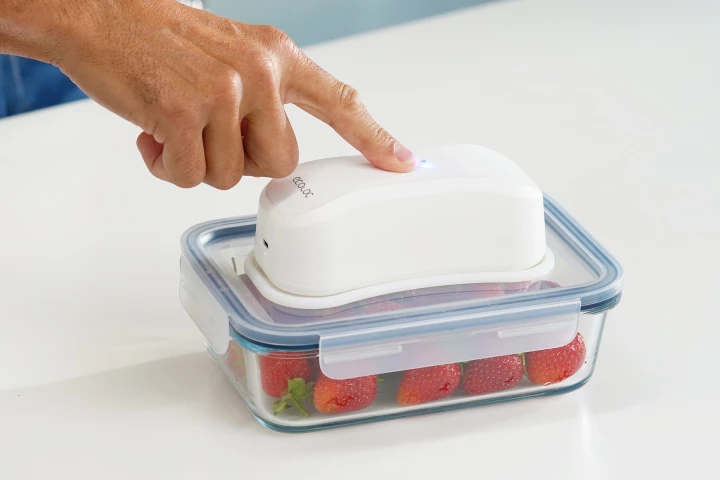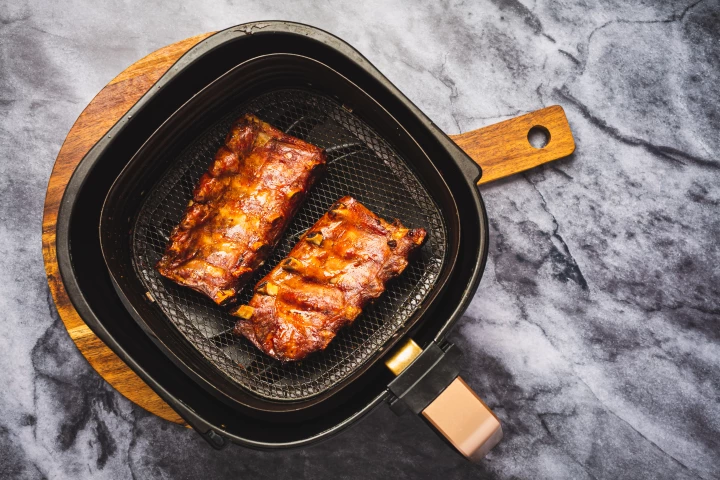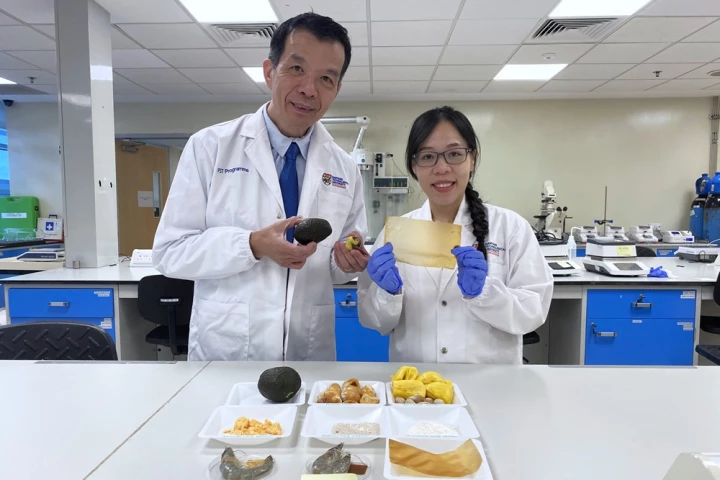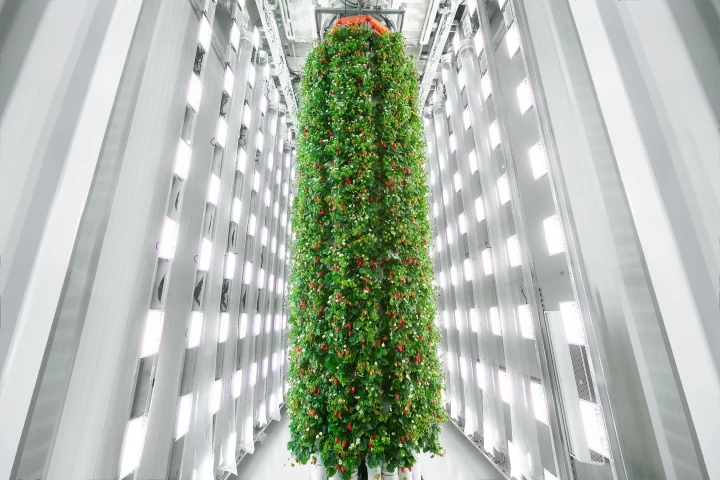Food technology
-
In a comprehensive new study looking at 39,763 different foods and drinks from the biggest 25 companies in the country, scientists discovered that almost 20% rely on synthetic food dyes to attract consumers. Now, the fight is on to ban them for good.
-
Adding new meaning to the term "fusion cuisine," robot science and gastronomy united to create an elaborate cake that features edible components and the world's first edible rechargeable battery. (Well, it's rechargeable until you eat it.)
-
Ultraviolet light is well-known for its ability to kill germs, including ones that cause food to spoil. And while there doesn't tend to be any food-preserving UV light in our refrigerators, a new consumer device is out to change that.
-
No sick days, bathroom breaks, and no more curly hairs in your buns. Just cold, hard efficiency. More specifically, BurgerBot is a new fast-food joint where robots are doing all the work that humans aren't interested in, like burger assembly lines.
-
If you've ever eaten a pomegranate, you'll know that a great deal of the fruit is composed of its thick skin – which simply gets thrown away. Soon, however, that skin could be used in an edible coating which will help keep strawberries from spoiling.
-
Scientists have identified new gene modifications that can make tomatoes and eggplants grow bigger, which could help boost yields in developing countries.
-
VR is incredibly immersive for sight and sound, touch can be done, and even smell is starting to appear. That just leaves one sense – and whether or not anyone actually wants to taste virtual worlds, a new device is now tackling that final frontier.
-
Take control of your food and water safety with the first-of-its-kind EcoTracker, a user-friendly pocket-sized device that almost instantly assesses contaminants in fruits, vegetables and meats, as well as the quality of your drinking water.
-
So, you know you should cut back on salt, but you don't like the bland taste of low-sodium foods. The Electric Salt Spoon may be just what you need, as it's claimed to boost the salty flavor of foods without actually adding any salt.
-
It's nearly 15 years since the first modern air fryer hit the market, but food companies and consumers are still catching up when it comes to food safety and these game-changing kitchen gadgets. Experts share what needs to be done to safeguard health.
-
Most food-wrap films just act as a barrier to bacteria, but don't actually kill the microbes. An experimental new film does exactly that, plus it changes color to show when food is spoiled. And what's more, it's made from avocado seeds.
-
Major steps towards better, sustainable and affordable food production free of environmental challenges have been taken, with the with the opening of the "world's first farm to grow indoor, vertically farmed berries at scale".
Load More
